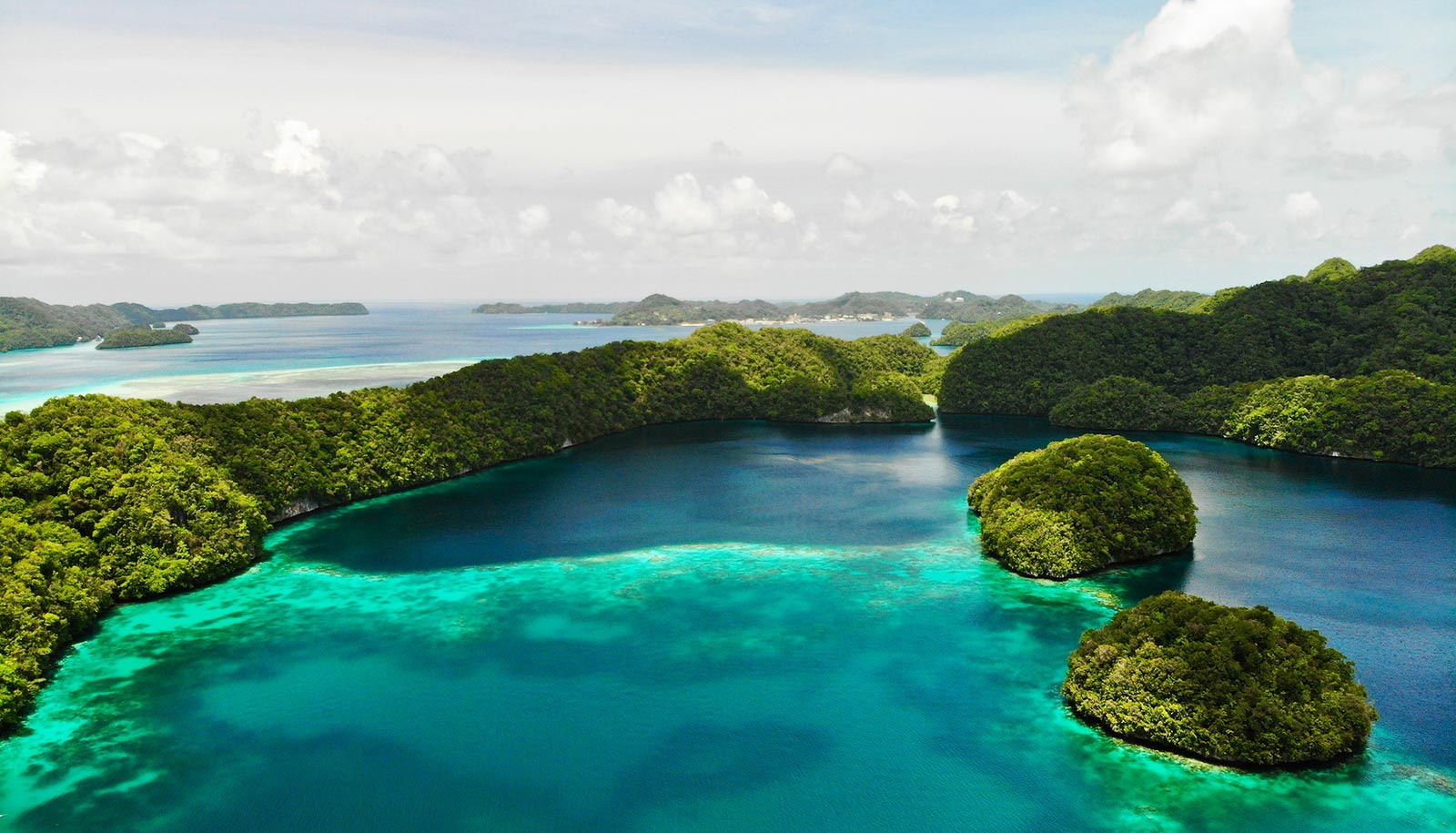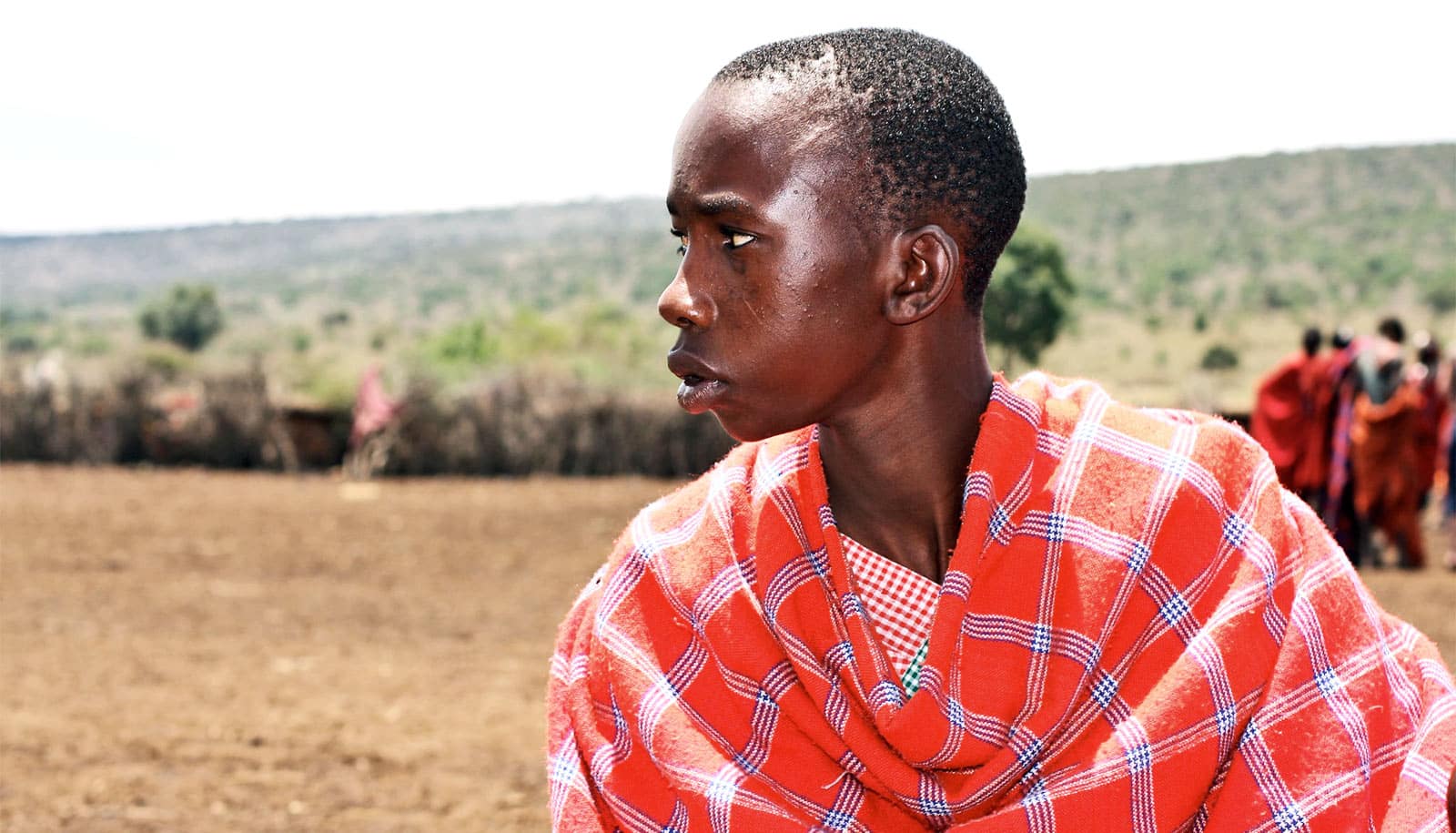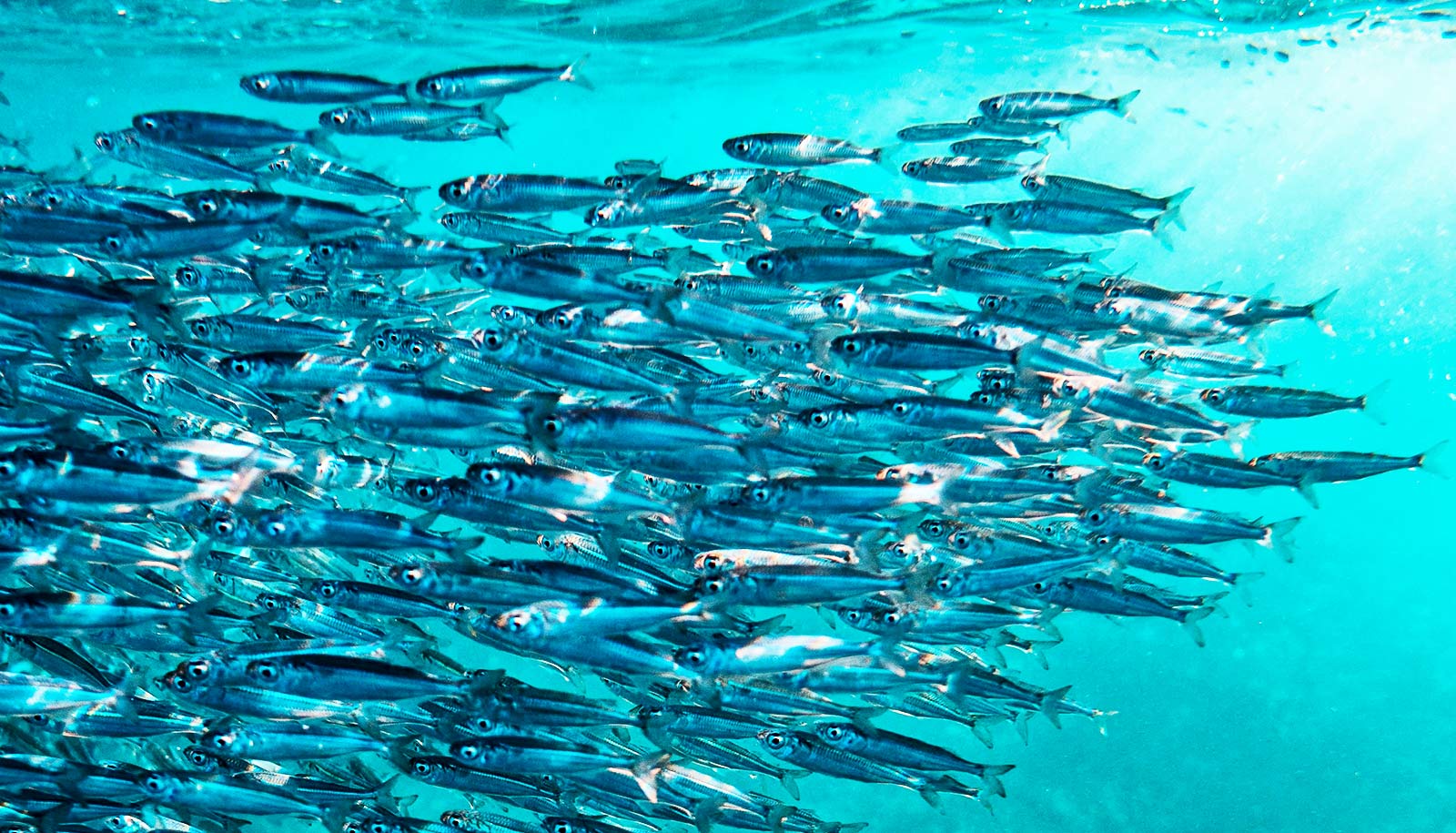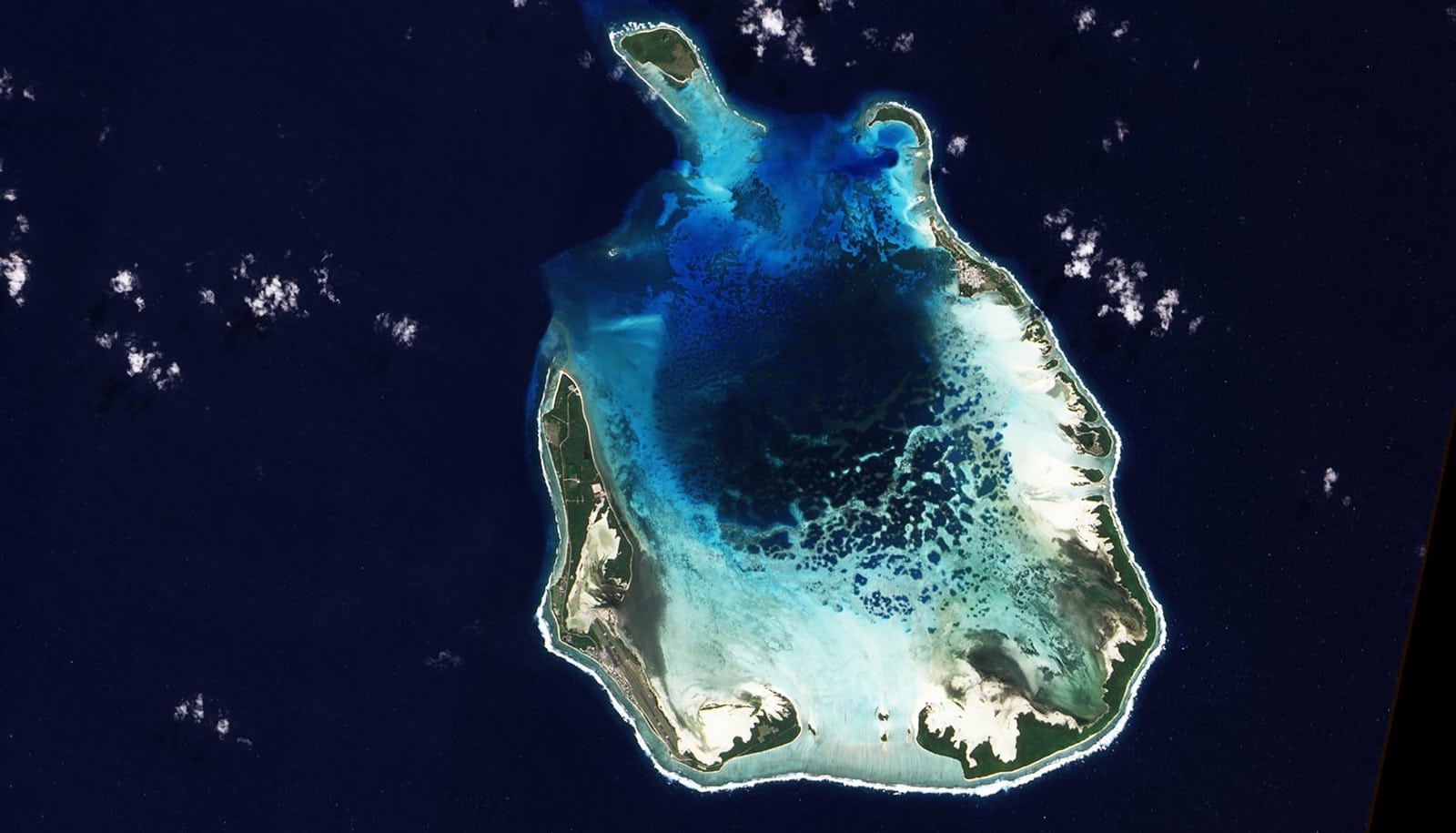When people in Palau saw their actions affecting local fish populations, they altered their ways to protect the important food source, evidence indicates. It’s an example of what we now call sustainability.
Published in the Proceedings of the National Academy of Sciences, the study combines data from archaeology, history, and paleoecology to gain new insight into human-environmental interactions in the deep past.
Focused on tropical island archipelagoes including Palau in Micronesia, the evidence suggests that human-driven environmental change created feedback loops that prompted new approaches to resource management.
“Islanders apparently responded to those impacts by inventing new, sustainable practices,” says Scott Fitzpatrick, a professor of anthropology and the associate director for research at the University of Oregon’s Museum of Natural and Cultural History.
The archaeological data indicate that the first Palauans settled in the interiors of its largest islands around 3,000 years ago, where they cleared forested areas and built earthen terraces to support agriculture. Then, in a move that has long stumped archaeologists, those communities gradually abandoned the interior regions in favor of the coastal margins where, beginning about 1,200 years ago, they built villages and established taro gardens buffered from the sea by mangrove forests.
Fitzpatrick and study coauthor Christina Giovas, an archaeologist at Simon Fraser University, turned to environmental and historical data to learn more about what drove the migration and related changes. They first examined geologic core sample data from the region, which revealed an increase in erosion as the earliest agriculture took hold in the island interiors. The erosion would have contributed to increased runoff, in turn affecting the marine environment.
Fitzpatrick says that the core samples offered some possible insight into the coast settlement pattern as well as the new food production strategies established in the coastal villages.
“Were early Palauans altering their strategies as a means of conserving marine food resources?” he asks. “From paleodietary studies to historical data, it’s clear that sea life has been a major part of their subsistence for 3,000 years, so it makes a lot of sense that they would make the changes necessary to preserve those resources.”
To dig deeper, the authors looked to the recent past, zeroing in on Palauan taro cultivation as a possible historical analogue.
“Historically, Palauan communities have situated taro gardens behind mangroves, partly because mangroves offer ideal conditions for taro cultivation but also because they effectively trap sediment and prevent its runoff into the ocean,” Fitzpatrick says.
“Based on the paleoecological and archaeological data, it seems that this unique, integrated agricultural system may have its roots in ancient Palau and may have originated specifically because of its mitigating effects.”
Source: University of Oregon



